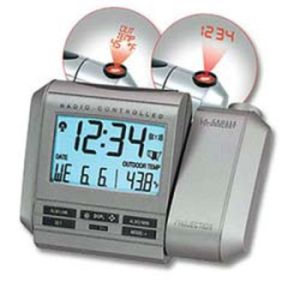Are Atomic Clocks Radioactive?
Atomic clocks keep time better than any other clock. They even keep time better than the rotation of the Earth and the movement of the stars. Without atomic clocks, GPS navigation would be impossible, the Internet would not synchronize, and the position of the planets would not be known with enough accuracy for space probes and landers to be launched and monitored.
Atomic clocks are not radioactive. They do not rely on atomic decay. Rather, they have an oscillating mass and a spring, just like ordinary clocks.
The big difference between a standard clock in your home and an atomic clock is that the oscillation in an atomic clock is between the nucleus of an atom and the surrounding electrons. This oscillation is not exactly a parallel to the balance wheel and hairspring of a clockwork watch, but the fact is that both use oscillations to keep track of passing time. The oscillation frequencies within the atom are determined by the mass of the nucleus and the gravity and electrostatic “spring” between the positive charge on the nucleus and the electron cloud surrounding it.
What Are The Types of Atomic Clocks?
Today, though there are different types of atomic clocks, the principle behind all of them remains the same. The major difference is associated with the element used and the means of detecting when the energy level changes. The various types of atomic clocks include:
- Cesium atomic clocks employ a beam of cesium atoms. The clock separates cesium atoms of different energy levels by magnetic field.
- Hydrogen atomic clocks maintain hydrogen atoms at the required energy level in a container with walls of a special material so that the atoms don’t lose their higher energy state too quickly.
- Rubidium atomic clocks, the simplest and most compact of all, use a glass cell of rubidium gas that changes its absorption of light at the optical rubidium frequency when the surrounding microwave frequency is just right.
The most accurate atomic clocks available today use the cesium atom and the normal magnetic fields and detectors. In addition, the cesium atoms are stopped from zipping back and forth by laser beams, reducing small changes in frequency due to the Doppler effect.
For more detail: How Atomic Clocks Work

